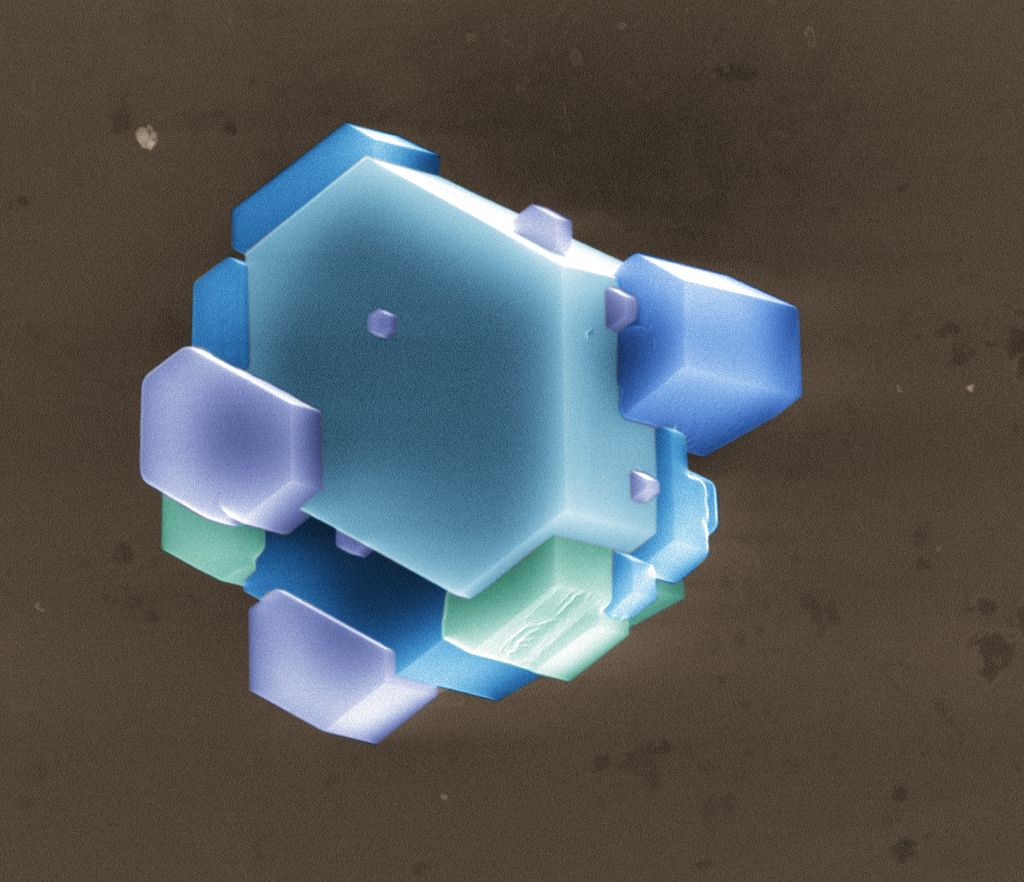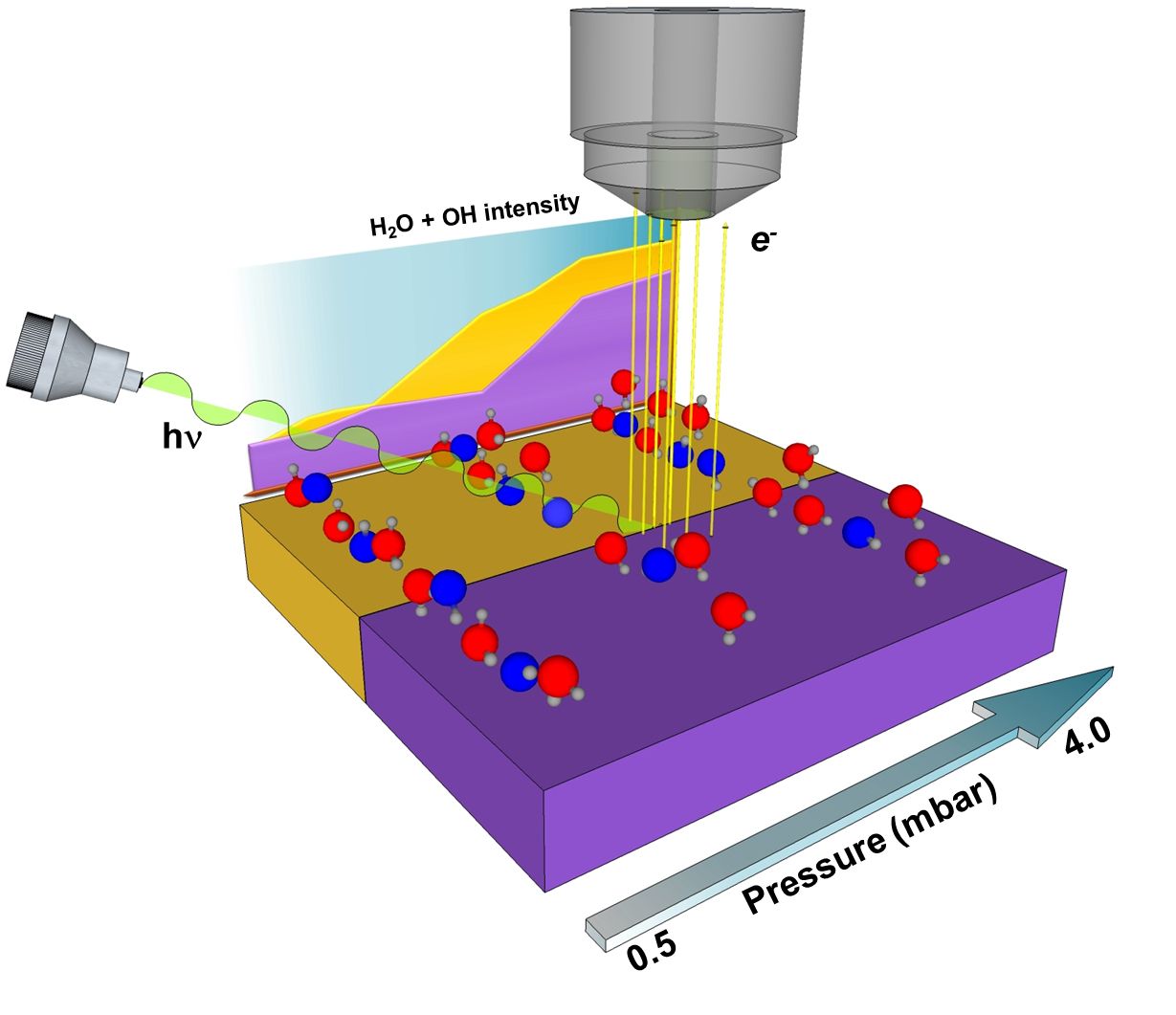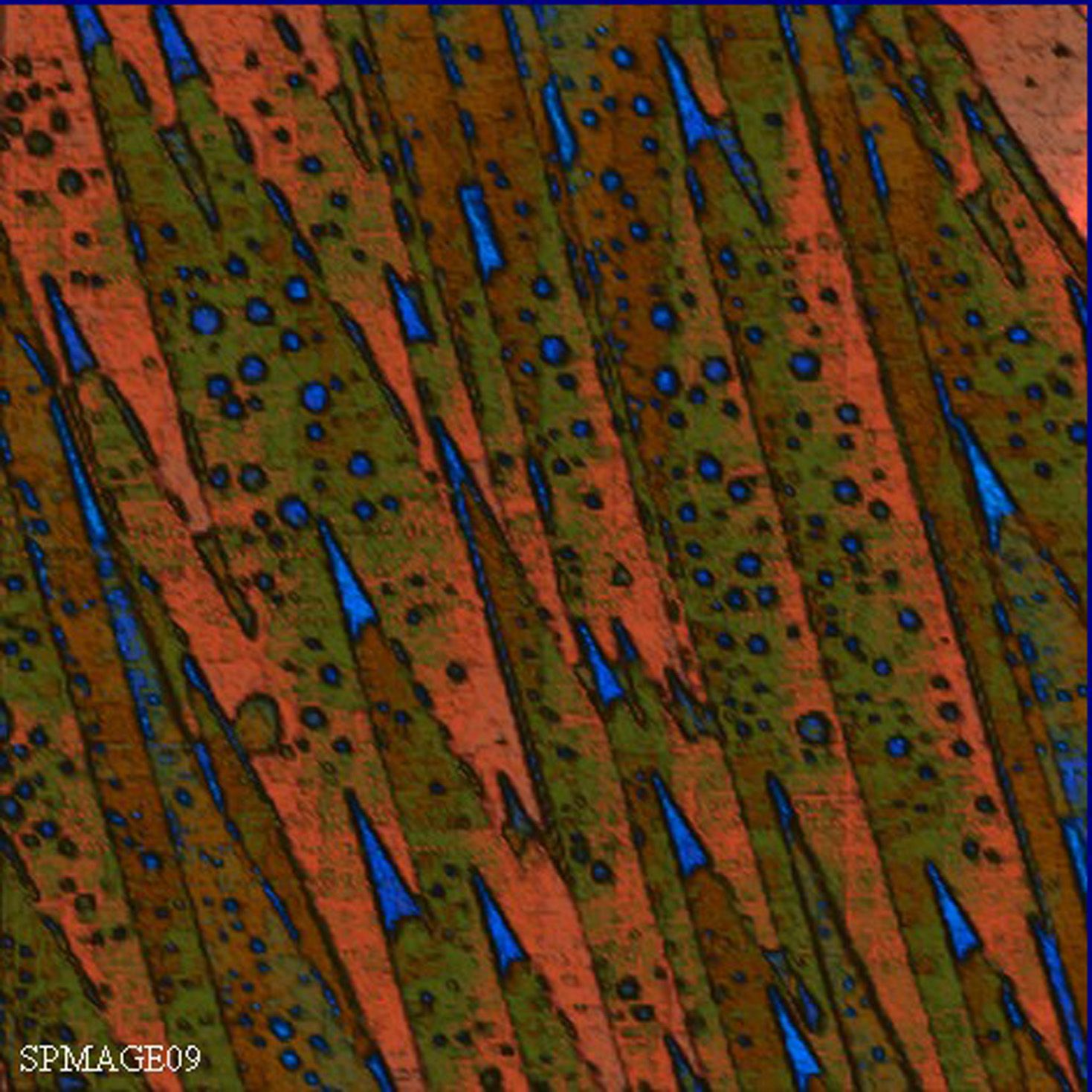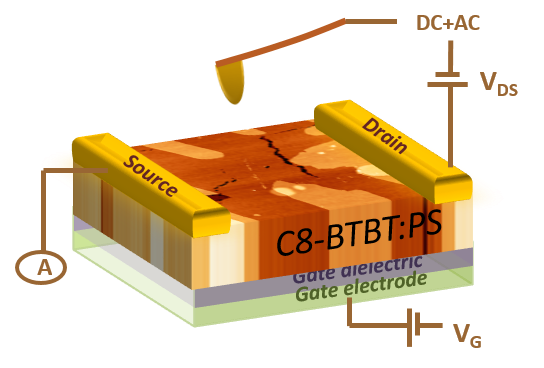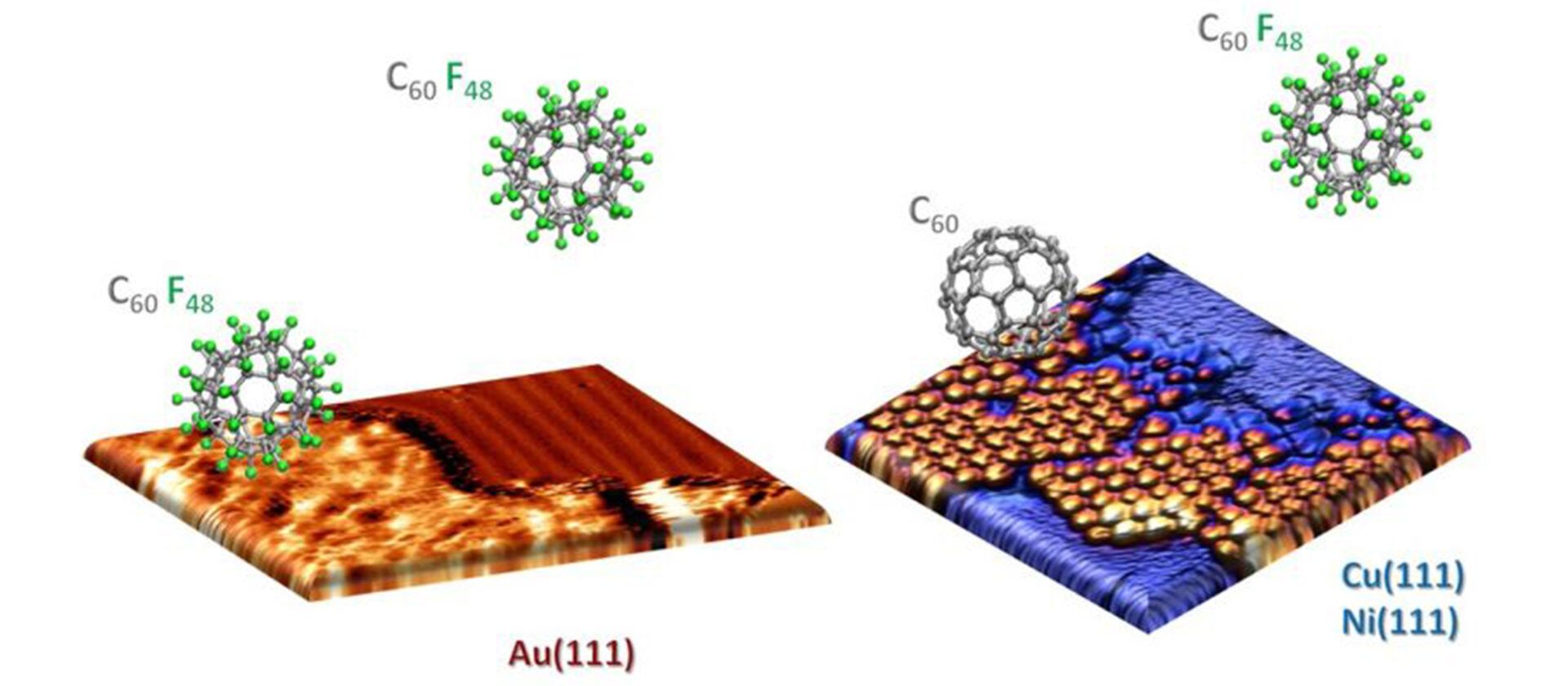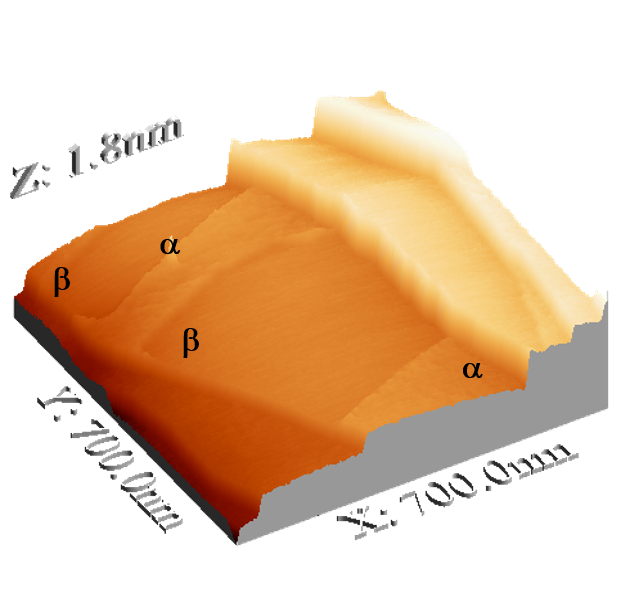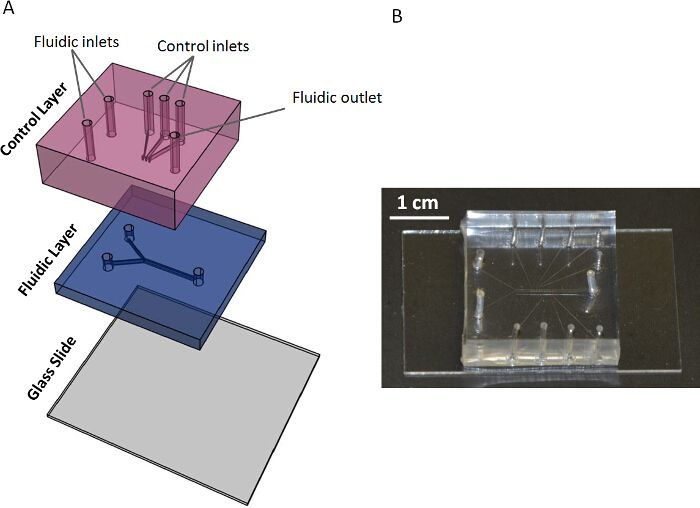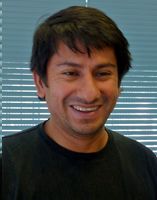2019
Energy Alignment and Recombination in Perovskite Solar Cells: Weighted Influence on the Open Circuit Voltage
I. Gelmettia, N.F. Montcada, A. Pérez-Rodríguez, E. Barrena, C. Ocal, I. García-Benito, A. Molina-Ontoria, N. Martín, A. Vidal-Ferrana, E. Palomares
Energy and Environment Science 12 (2019) 1309-1316 DOI: 10.1039/C9EE00528EBipolar resistive switching on TiO2/Au by conducting Atomic Force Microscopy
M. Linares Moreau, M. Barella, L. López-Mir, N. Ghenzi, F. Golmar, L.P. Granja, C. Ocal, P. Levy
Materials Today: Proceedings 14 (2019) 100–103 DOI:10.1016/j.matpr.2019.05.062Water adsorption, dissociation and oxidation on SrTiO3 and ferroelectric surfaces revealed by ambient pressure X-ray photoelectron spectroscopy
N. Domingo, E. Pach, K. Cordero-Edwards, V. Perez-Dieste, C. Escudero, A. Verdaguer
Phys. Chem. Chem. Phys. (2019) 21, 4920-4930 DOI: 10.1039/c8cp07632d
Effect of the Molecular Polarizability of SAMs on the Work Function Modification of Gold: Closed- versus Open-Shell Donor–Acceptor SAMs
V. Diez-Cabanes, D. C. Morales, M. Souto, M. Paradinas, F. Delchiaro, A. Painelli, C. Ocal, D. Cornil, J. Cornil, J. Veciana, I. Ratera
Adv. Mater. Technol. 4 (2019) 1800152 DOI: 10.1002/admt.201800152Face dependent footprints of carpet-like graphene films grown on polycrystalline silicon carbide.
C. Ramírez, E. García,E. Barrena, A. De Pablos, M. Belmonte, M.I. Osendi, P. Miranzo, C. Ocal
Carbon 153 (2019) 417-427 DOI:10.1016/j.carbon.2019.07.031Pores Dominate Ice Nucleation on Feldspars
E. Pach, A. Verdaguer
J. Phys. Chem. C 123 (2019) 34, 20998–21004 DOI: 10.1021/acs.jpcc.9b05845
Surface charged species and electrochemistry of ferroelectric thin film
N. Domingo, I. Gaponenko, K. Cordero-Edwards, N. Stucki, V. Pérez-Dieste, C. Escudero, E. Pach, A. Verdaguer, P. Paruch
Nanoscale 11 (2019) 17920 DOI: 10.1039/c9nr05526f
